I briefly explain the process: purchase the study materials, schedule and take the exam, have facilities inspected, number of hours of “apprenticeship” with a licensed bird rehabber required by the feds to work with birds, etc.
So far, so good—that never seems to faze people; it’s all doable. Then I explain the reality of a rehabber’s world. I don’t do this to discourage people from becoming rehabbers, but I also don’t want fly-by-nighters, who decide after a year or two they just can’t do this anymore because it’s too time-consuming; nor do I want the folks with a Disneyfied dream of “playing” with wild animals all day. And I certainly don’t want the folks who think they can make money rehabbing—as rehabbers know all too well, that ain’t the case. And if the interested party can’t handle blood and gore and making the decisions to euthanize mortally injured or unreleasable wildlife, then they don’t need to waste their time…or anyone else’s.
So after I explain the basic “how-to”, I launch into my spiel about the demands rehab makes on your time and budget. I point out that people expect help with their wildlife, but they seldom donate to its care while in rehab—and yet they’ll call/email constantly to ask how “their” critter is doing. I explain that people aren’t always willing to bring critters needing rehab to you; in fact, some are downright rude about it, demanding that you come pick up said critter—after all, their tax dollars pay your salary. That one always gets a belly laugh from me—I have to ask, “So you don’t pay taxes, then? Because I damn sure don’t get a salary!”
And then I discuss the gruesome side of rehab: the birds that come in with their crops ripped open; the maggot-infested wounds; the blackened ends of bones and reek of infection from an open fracture; the frustration of struggling to save a bird and thinking you’ve pulled it off, only to find the bird dead the next morning…
Most people leave with their tails between their legs. I sigh and get back to work and hope maybe the next interested party will have what it takes to stick with it and become “one of us.” As I said, I don’t do this to discourage people, because God knows we need more properly trained and permitted rehabbers out there. No, I do it to provide a realistic look at what rehabbers do, so that anyone who continues down this path does so with their eyes wide open as to what they’re getting into.
Yes, it can be rewarding. Yes, it can occasionally be fun. But it can also be incredibly frustrating and emotionally draining, and anyone who thinks they might want to become a rehabber needs to know that up front.
Off the soapbox and onto the update:
The barred owl is still with us. He does seem to be responding to sound now, but I’m still unsure about those eyes. Really bad concussions can sometimes screw up vision for several weeks, so he’s got a little while longer before I make a decision as to his fate. I’m still hoping for a miracle—hoping but not optimistic.
Not so with flyers. Even though I gave the youngest three their own separate nest box, situated away from the older four, by morning all seven were in one big pile of happy flyers. They’re such gentle little loves!
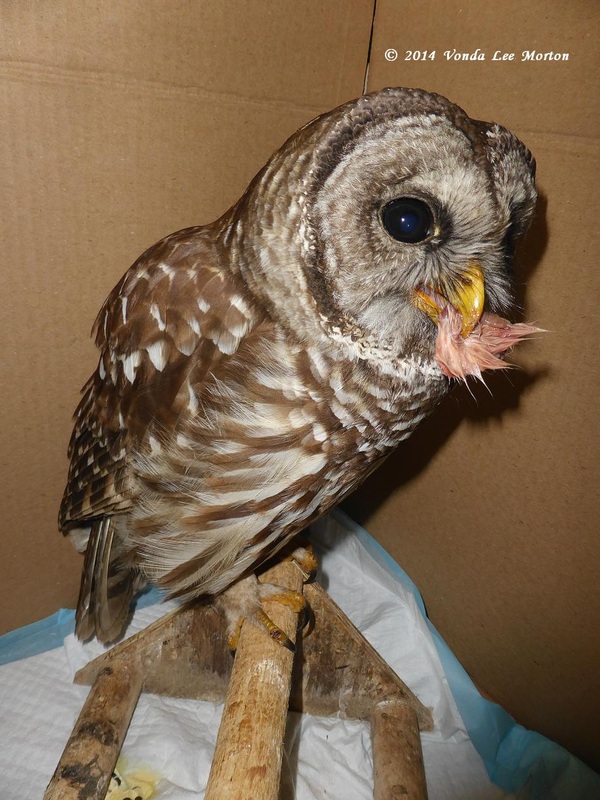
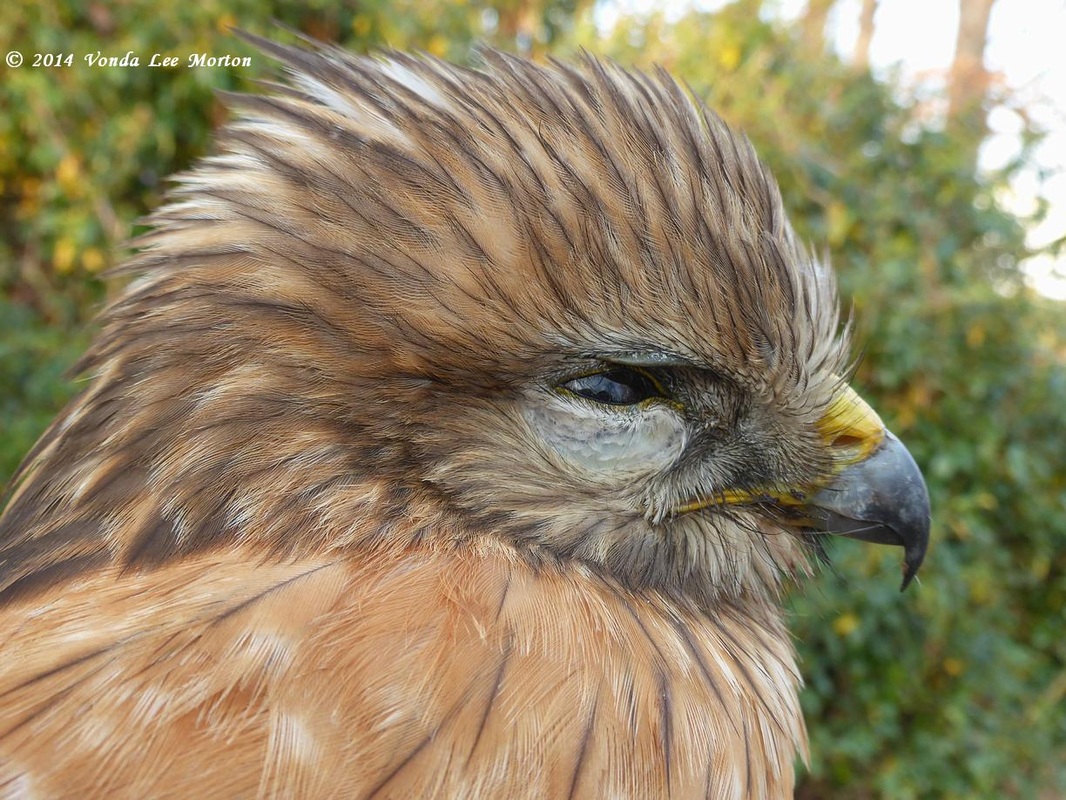
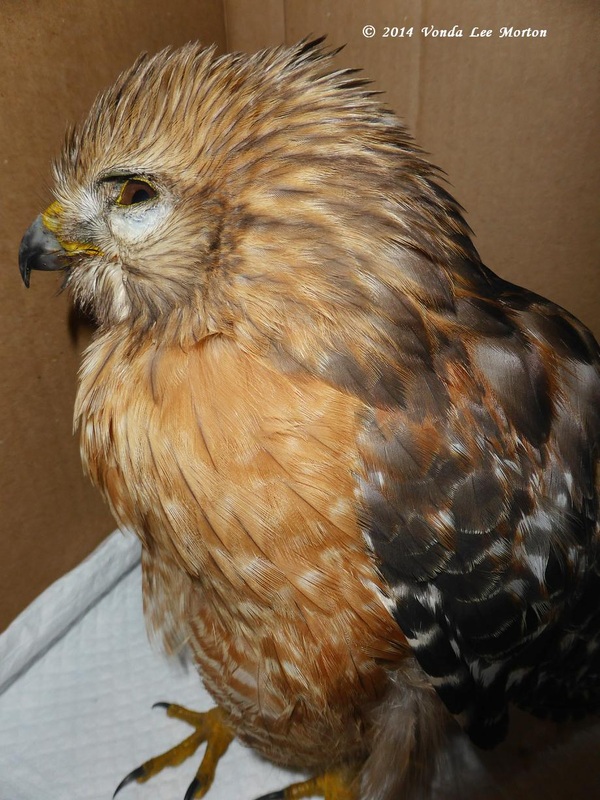
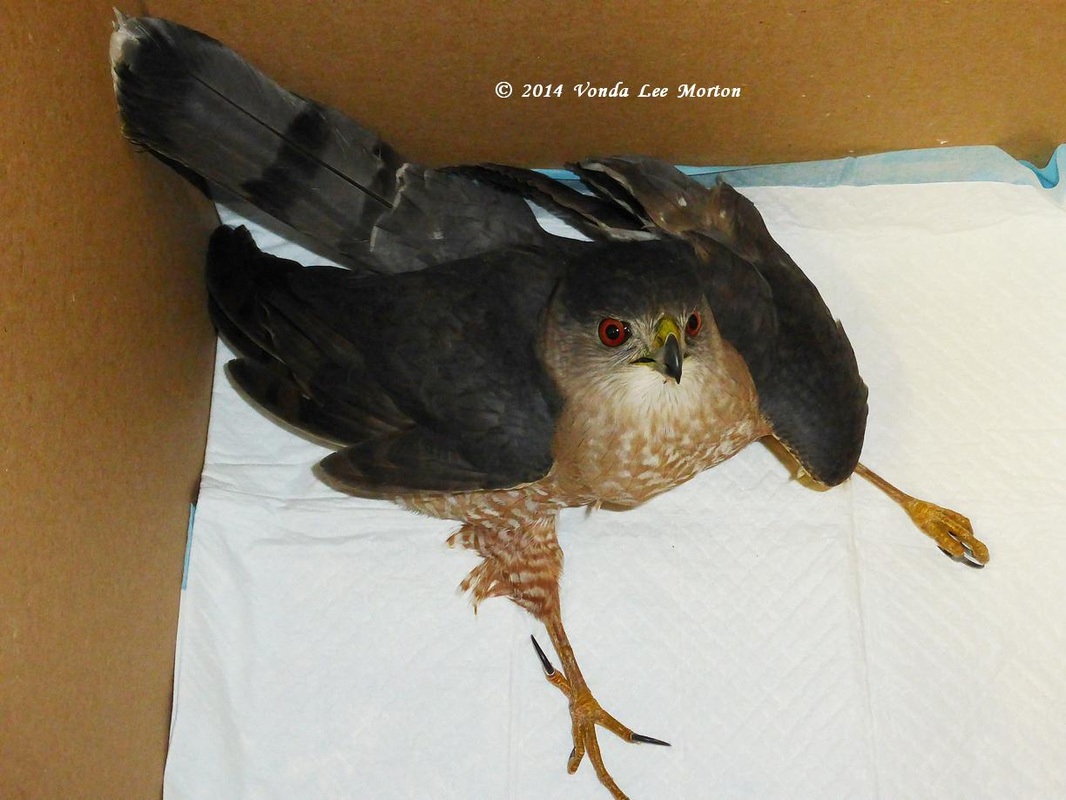
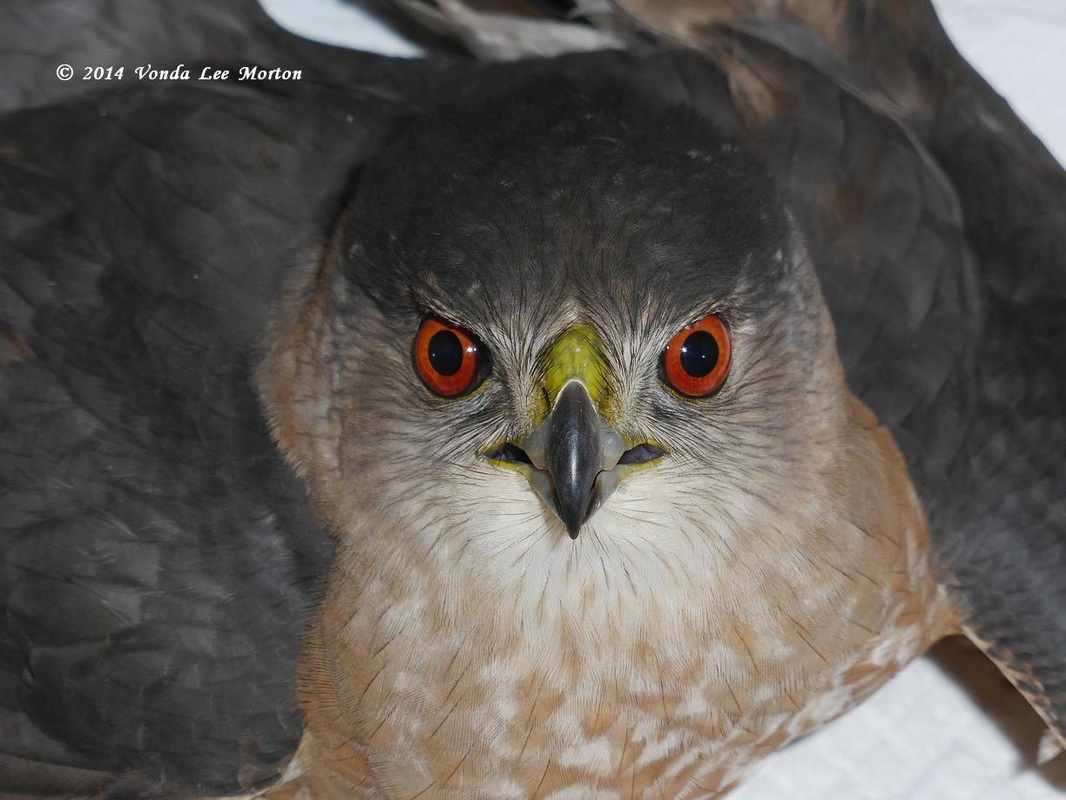
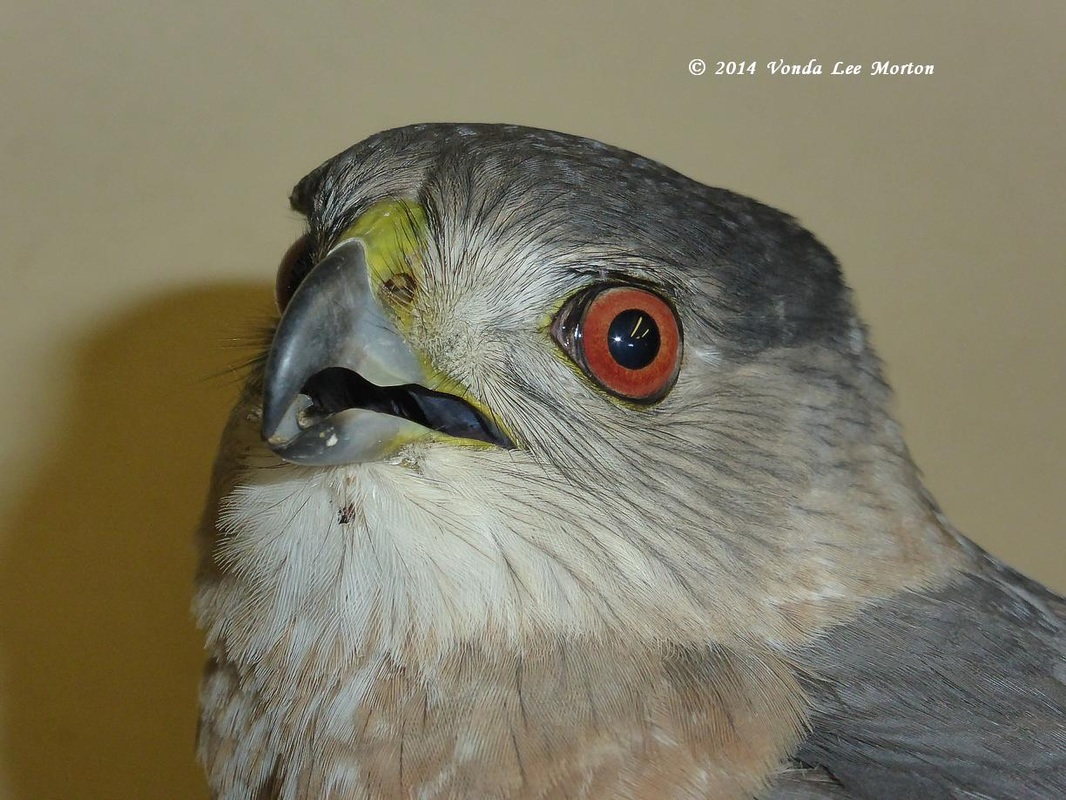
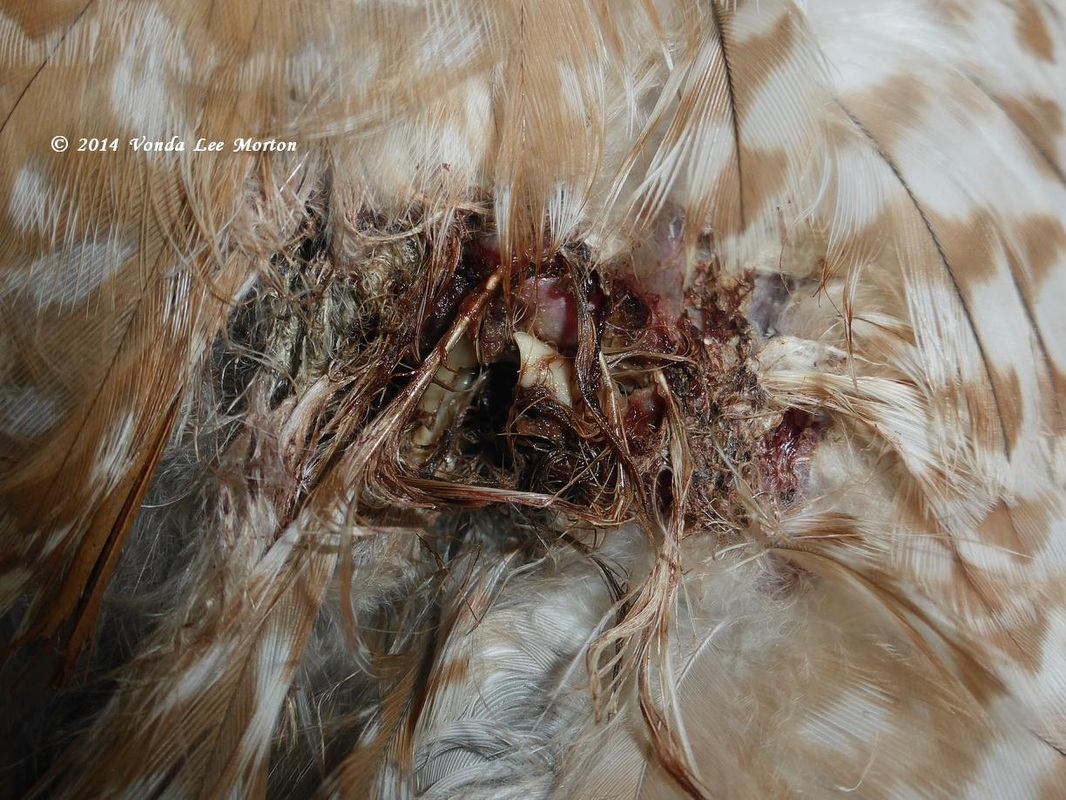
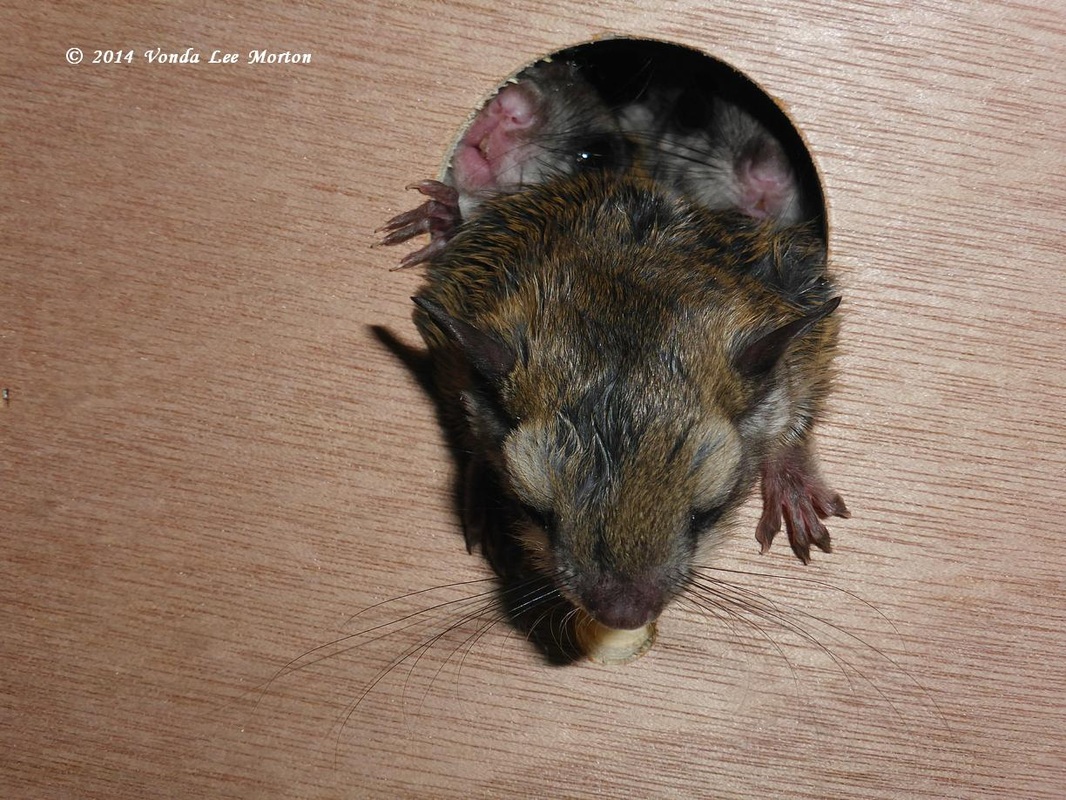
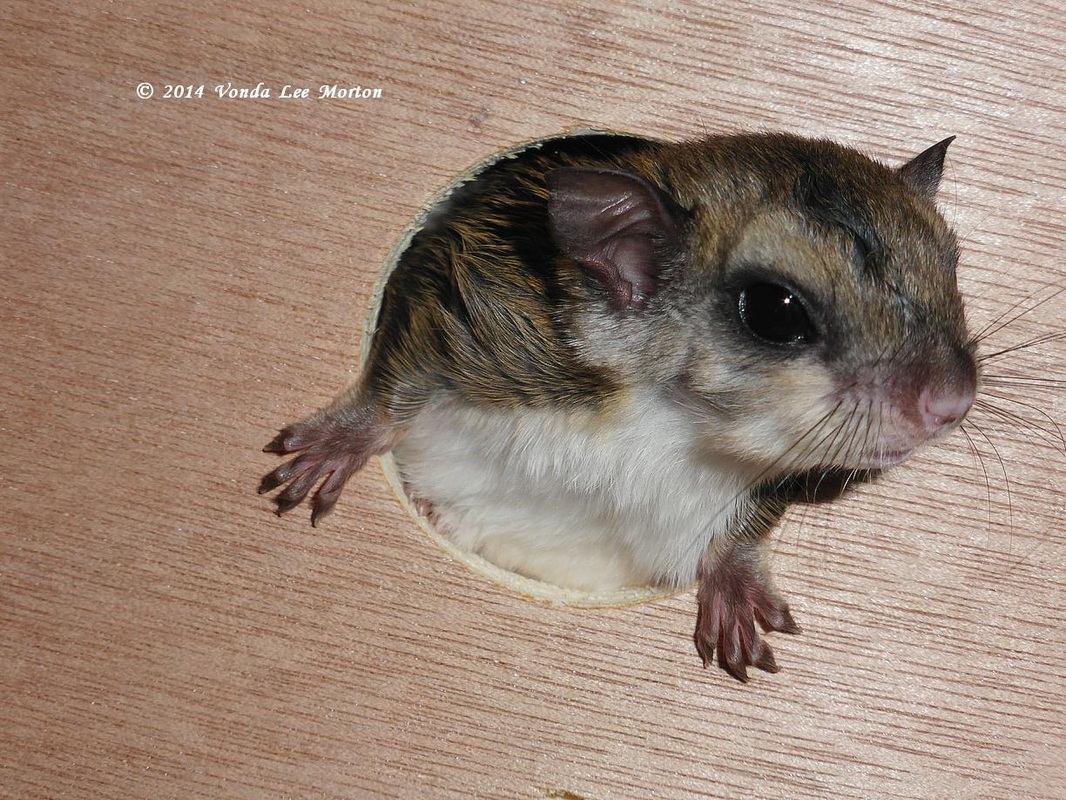
 RSS Feed
RSS Feed
